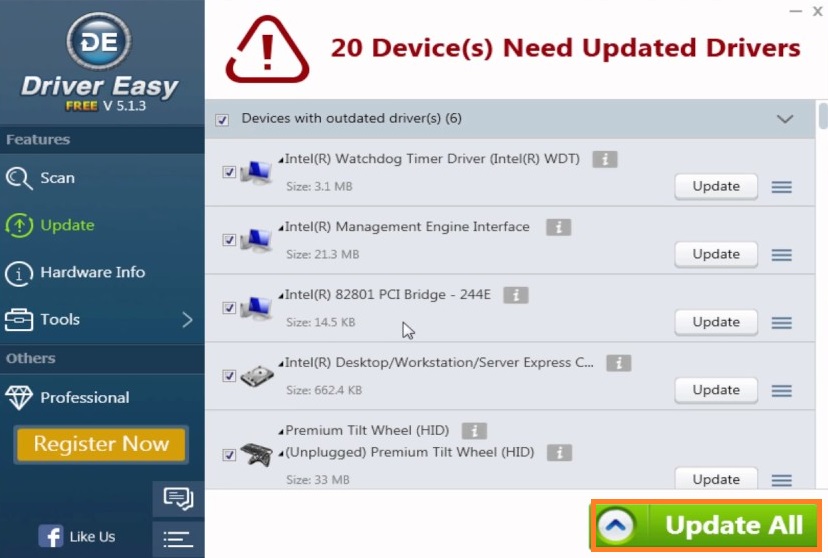

- WINDOWS 10 CRASH BLUE SCREEN MEMORY MANAGEMENT INSTALL
- WINDOWS 10 CRASH BLUE SCREEN MEMORY MANAGEMENT DRIVERS
- WINDOWS 10 CRASH BLUE SCREEN MEMORY MANAGEMENT MANUAL
WINDOWS 10 CRASH BLUE SCREEN MEMORY MANAGEMENT INSTALL
Driver Easy will then scan your computer and detect any problem drivers.ģ) Click the Update button next to all flagged video device to automatically download and install the correct version of its driver (you can do this with the FREE version). Driver Easy will automatically find the correct driver for your video card, download it, and install it correctly.Ģ) Run Driver Easy and click the Scan Now button.
WINDOWS 10 CRASH BLUE SCREEN MEMORY MANAGEMENT DRIVERS
The video drivers provided by the chipset or hardware manufacturer may not include the customized features.Īutomatic driver update – If you don’t have the time, patience or computer skills to update your drivers manually, you can do it automatically with Driver Easy. Unless you’re getting the error on a laptop, in which case you should always go to the laptop manufacturer’s website.
WINDOWS 10 CRASH BLUE SCREEN MEMORY MANAGEMENT MANUAL
Manual driver update – To manually update the driver, head to the video card manufacturer’s website and search for the most recent correct video driver. There are two ways to update the driver: manually and automatically. And so to fix the error you need to update your video card driver to the most recent correct version. But chances are it will be one of these:Ī common cause of the MEMORY MANAGEMENT error is a damaged, outdated or incorrect video card driver. Tools such as WhoCrashed and BlueScreenView can help you figure out what’s causing the horrifying BSOD on your computer. Sounds horrible, doesn’t it? But don’t worry – it’s not fatal. Why would I have the MEMORY MANAGEMENT BSOD error?Īccording to Microsoft, the Memory Management blue screen of death error appears when there’s been a severe memory management error. And when it does, you’ll probably see the MEMORY MANAGEMENT error message soon after.

It also ‘frees up’ memory when you close a program by marking it as available to be used by something else.īut like all processes running on your computer, sometimes it can crash. It decides how much memory to allocate to certain processes (including the programs you launch), and when to give it to them. It keeps track of every byte of memory in your computer, and whether it’s free or being used. In a nutshell, memory management is the process that manages memory usage in your computer.


 0 kommentar(er)
0 kommentar(er)
